The year 2023 will witness an international order undergoing a period of strong and comprehensive transformation with many far-reaching geopolitical consequences.
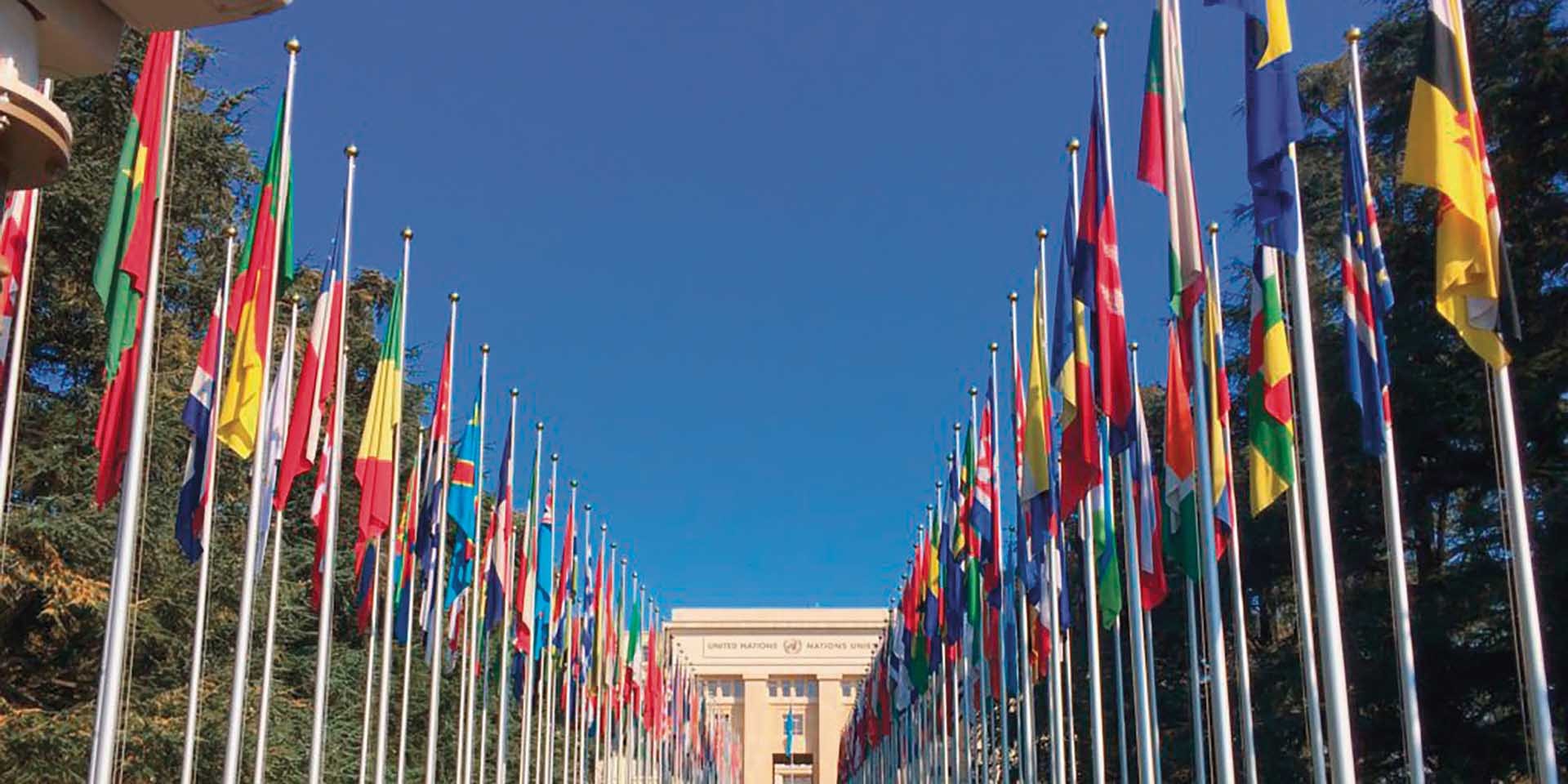 |
| Illustration photo |
Towards a multipolar world
As middle powers are increasingly rising, the power gap between the two superpowers and other influential countries seems to be narrowing. Although international scholars continue to debate whether the current world is multipolar or bipolar, many opinions believe that the inevitable trend in the long term will still be towards a multipolar world.
This is because unipolar or bipolar states are unstable and difficult to sustain in the long term, especially in an era of globalization, where power tends to be dispersed rather than concentrated in any one country. The growing role of India and Indonesia in the global South and the challenge posed by Russia to the US-led West are evidence of growing dissatisfaction with the post-1945 order.
This will likely create enormous pressure to force countries to renegotiate current norms of conduct, “rules of the game,” and more broadly, regional structures and global governance in the not-too-distant future.
However, this was not an inevitable outcome because modern history has not seen a truly peaceful transfer of global order. The Concert of Europe was born only after the Napoleonic Wars had destroyed the entire order governing relations between the European powers. Only after the end of World War II could the United States and the Soviet Union establish a bipolar order. The only exception was the United States entering a unipolar era after the dissolution of the Soviet Union in 1991.
However, these two superpowers had competed fiercely and comprehensively with each other for more than four decades before, and indirectly confronted each other in many major conflicts of the 20th century. Therefore, it can be said that there has never really been a case of world order changing state without major events occurring.
| RELATED NEWS | |
 | US-China dialogue 'substantive and constructive' |
In 2023, the top powers will continue to compete comprehensively, but there are some signs that the US is looking to cool down tensions with both China and Russia. On the sidelines of the recent APEC Summit in San Francisco, President Joe Biden and President Xi Jinping had their first direct dialogue in a year since the two sides met in Bali in November 2022. Although this high-level meeting did not create a breakthrough in US-China relations, the two sides also reached consensus on a number of important issues, especially restoring communication channels between the two militaries.
With Russia, despite the difficult war situation in Ukraine, the US still decided to invite Russia to attend APEC as a way to gradually break the ice in relations. Another notable point is that in recent interviews, former US Army Chief of Staff Mark Milley repeatedly reiterated his previous comments that Ukraine should negotiate with Russia at a time when the situation on the battlefield is favorable and that this conflict can only end with a diplomatic solution.
Relationship management efforts
In general, major powers still prioritize their own interests and seek to control their opponents, but there are still certain efforts to manage relationships, avoiding conflicts from escalating into armed conflicts. In the near future, it is possible to expect that US-China relations will improve significantly (though not qualitatively), especially if Mr. Biden wins the next election.
Two other key factors influencing the direction and likelihood of improvement in US-China relations will be the health of the Chinese economy and the determination of the US and its Western European allies to “de-risk.” The US-Russia relationship will continue to be a big unknown because both personal factors like Mr. Putin and developments on the battlefield in Ukraine can interact in complex ways to affect the US-Russia relationship.
The slow progress of the Ukrainian army's counter-offensive almost guarantees that the Russia-Ukraine conflict will not end soon. According to Metaculus, there is only a 1% chance that the two sides will reach a ceasefire or a peace treaty to end the current conflict before the end of 2023. According to the majority of forecasters on this site, the Russia-Ukraine conflict will not end until the third quarter of 2025. This assessment is well-founded because some NATO members such as Poland and Slovakia have decided to stop military support for Ukraine and a significant part of the US political community is also questioning the US's financial and military commitment to Ukraine.
With the Russian economy slowly finding stability after the first wave of sanctions, and Western support for Ukraine waning, it is unlikely that the conflict will end anytime soon.
| RELATED NEWS | |
 | Conflict in the Gaza Strip: Disagreements are not unexpected |
A major shock to the world in general and the Middle East in particular was Hamas' large-scale attack on Israel on October 7.
This “Grey Rhino” incident has disrupted the process of normalizing relations between Israel and its neighbors in the Arab world, most notably Saudi Arabia. It also has the potential to explode into a large-scale war with the intervention of Hezbollah, Iran and the United States. Although this is a complex conflict that is likely to smolder for a long time, the probability of escalation is low.
Economically, according to the IMF, the global economy will continue to face the prolonged effects of the Covid-19 pandemic and the consequences of the Russia-Ukraine conflict, leading to a slow and uneven recovery. The organization also forecasts that global economic growth will slow from 3.5% in 2022 to 3.0% in 2023, and only 2.9% in 2024 (significantly lower than the average growth of 3.8% in the period 2000-2019). This decline is more pronounced in developed economies, especially in the Eurozone. Emerging markets and developing economies also face a growth slowdown, in large part due to the real estate crisis in China.
Inflation, the main concern, is forecast to decline steadily but remain above target, with global inflation expected to fall to 5.8% in 2024. The global context is further complicated by rising geopolitical tensions and protectionism, which impact trade and contribute to price volatility, particularly for commodities.
This situation is exacerbated by the economic challenges facing China and the risk of a deeper crisis with global implications. In addition, high debt and debt servicing costs, especially in low-income countries, also pose significant risks. Although the “hard landing” scenario may have eased, there are still many geopolitical risks that complicate the economic recovery in general and the transition to a green economy in particular.
Finally, one of the most important keywords of 2023 is “technology” with a major breakthrough coming from the field of artificial intelligence after the company OpenAI launched ChatGPT. This software has quickly become the center of many debates, sounding the alarm about the potential risks that the field of AI can pose to all of humanity in both the near and far future.
Technology in general and AI in particular can not only significantly change the balance of power between nations, change the way countries wage war, but can also completely overturn the international order, or in the most extreme scenario, create a species capable of dominating humans. For that reason, the UK recently held the first AI Summit with the participation of delegates from 28 countries.
The event shows that countries understand both the opportunities and challenges that AI poses, and that a multilateral, cooperative effort will be needed to guide the technology's trajectory while managing its most negative risks.
Source
















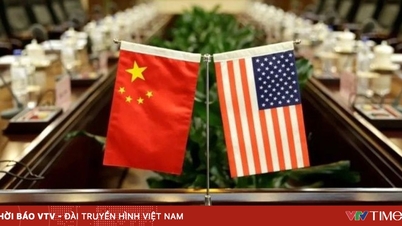

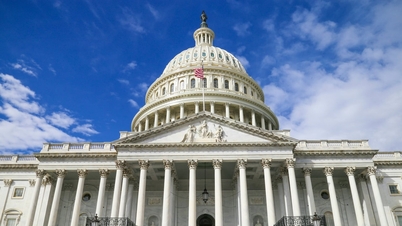





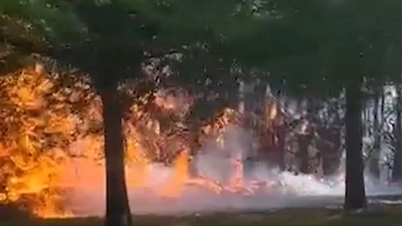
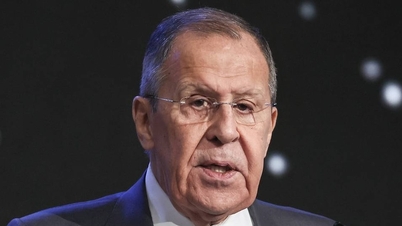


















































































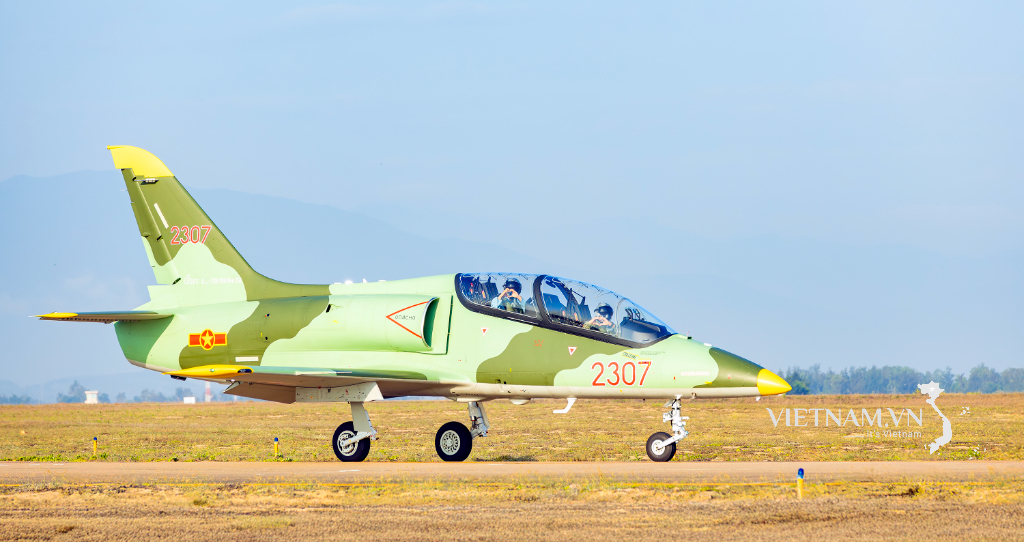


Comment (0)